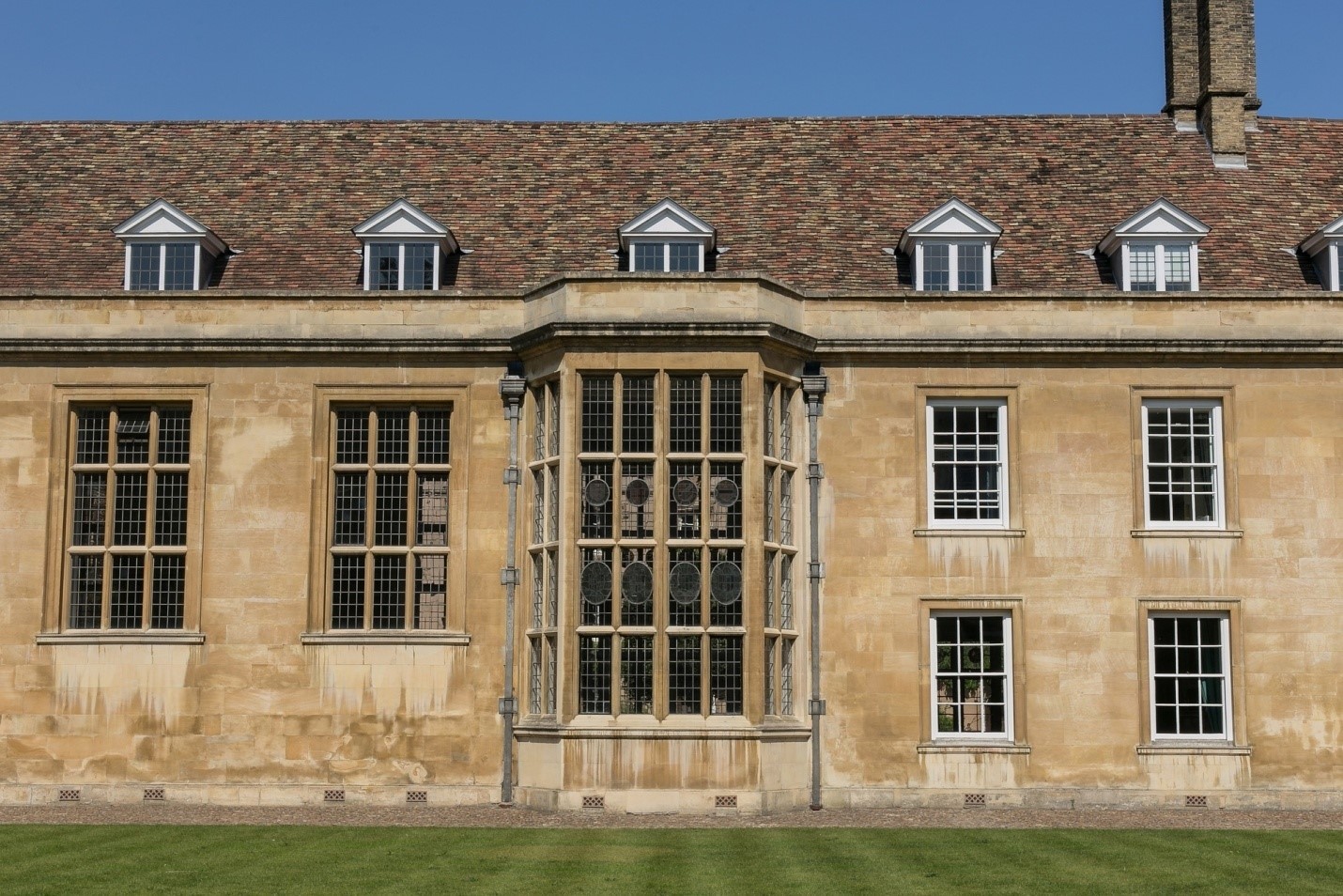4 Types of Intellectual Property in the United States
Intellectual property rights are a common form of legal protection for the creators. IP laws have made some of the world’s most considerable contributions possible, especially in the economy. Countless businesses, companies, organisations, innovators, scientists, entrepreneurs rely on the enforcement of their patents or copyrights. Consumers are assured of high-quality when buying an IP-backed product.
IP rights are meant to encourage new creations, discoveries, and inventions that may promote economic growth. They incentivise a patent-holder to continue the production of things that may earn them money. It further promotes job opportunities and new tech. IP’s enable the world to improve and evolve faster.
Suppose you wish to register a new patent in your name. In that case, you must obtain the services of a competent intellectual property attorney.
Types of Intellectual Property Rights
1. Patents
A patent allows an inventor sole rights to make, sell, or outsource an invention. Patents are the most common forms of intellectual property rights. If anyone other than the inventor makes or sells the product, they can be legally held accountable. The inventor can also sell the patent or grant a license to a third party under a contract.
Following are the three categories of patents;
- Utility Patents: They protect the creation or improvement of a process, product, substance, or machine. For example, an infra-red scanner used for billing in a grocery store.
- Design Patents: They protect the design or blueprint for a useful product, instrument, machine, etc. For example, the design for an innovative microscopic camera.
- Plant Patents: They protect the new types of plants that are produced by cuttings or other asexual means. For example, the strain for a new kind of carrot that does not go bad quickly.
2. Trademark
Trademarks are also well-known for protecting intellectual property. It represents a distinct sign that allows consumers to identify a good or service provided by a company. Trademarks come in the form of a phrase, symbol, text, sound, smell, colour scheme, etc. Patents protect only one product or process. However, trademarks cover a whole class of products or processes developed by a single company or organisation.
The symbols for McDonald, Apple, Disney, Nike, Google, and Facebook are among the world’s most well-known trademarks. Even the lion’s roar at the start of Tom & Jerry cartoons is an MGM studios’ trademark.
3. Copyright
Copyright does not protect an idea. Instead, it covers the tangible forms of creation, including original work. Art, music, blueprints, architectural designs, applications, software codes –all of them are protected under copyright laws. Only the owner of a copyright has the right to produce, sell, publish, or profit from particular work.
Some companies hire authors, artists, musicians, and scientists after making them sign contracts stating all their creations are the company’s property. This way, only the company can reproduce or profit from the work, not the creator.
4. Trade Secret
Trade secrets refer to the business secrets that allow them to gain a competitive edge over their competitors in the market. Formulas, strategies, proprietary systems, and other confidential information fall under the category of trade secrets. Coca-cola’s secret blend for making their globally popular signature drink is considered one of the most well-known trade secrets.
















